I am in a terraced house. It is a Sunday afternoon, and the Nguyễn family are making a Vietnamese feast. On a shelf, alongside ceramics and spices is the incongruous sight of a Daniel O’Donnell teapot. I go next door to step forward in time by a quarter of a century, and through the windows I see drones patrol the sky checking for environmental violations. Inside, I fall under the spell of a memory intensification system, as it recasts photographed moments in desirable lights. Then, a few doors down, I find myself travelling back to 1956, to the home of a newly wed Irish couple, getting ready for a big night out in Cricklewood.
All these time shifts, and more, are to be found in the recently opened Rooms Through Time, a permanent installation at London’s Museum of the Home. Marking generations of migration, location and home-making, the display is intriguing, thought-provoking and fun. In the light of current protests, agitation, manufactured mistrust and misinformation, it is also moving and important.
The exhibition begins in 1878, with a room showing the temporary home of Bunoo, an Indian ayah, brought to the UK to care for the children of an English family. Information panels tell how she will not be able to return to India unless she finds another family to support her passage. From the box of Indian textiles Bunoo has brought to try to sell, to the dark wooden furniture and the heavily patterned wallpaper, the level of detail is forensic and fascinating.
Beyond the objects, however, each room is curated around the stories of people: individuals and families whose lives have been woven together to create characters representing those who have come, over the decades, to make London their home. This underlines the truth that home is not simply a set of walls and windows, or a collection of things, although these too are vital in creating the spaces that we need to feel safe.
RM Block
Stories have been gathered through research, interviews and collected memories. Items have been donated, created and reproduced. Representing the Windrush Generation of migrants invited to the UK to help rebuild postwar Britain, the Terraced House 1978 room was curated by artist and writer Michael McMillan, whose parents hailed from St Vincent and the Grenadines. There are family portraits, brightly coloured glassware, hair straighteners, silk flowers and a Jim Reeves LP.
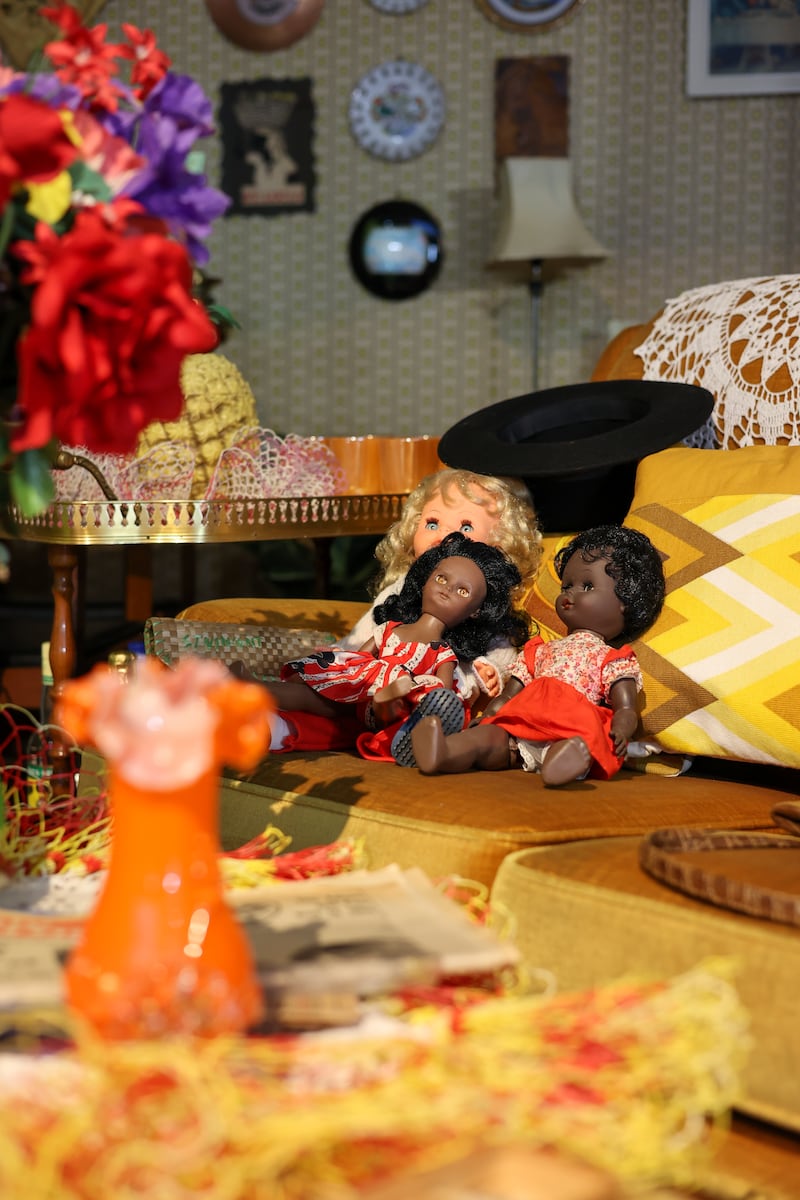
The Irish Room was put together with the London Irish Centre, and additional information panels add the voices and memories of Irish immigrants over the years. With each room representing a different culture and a different era, collectively they tell of family meals, celebrations, hard work, love and belonging, and of conflict, persecution, exclusion, hope and fear.
The Irish couple, Kathleen and Jack, have come over to find new opportunities: she to nurse in the newly established National Health Service, and he to work in the construction industry. There is still postwar rationing in the UK, and, while glad of their new freedoms, they are dismayed at the quality of the food.
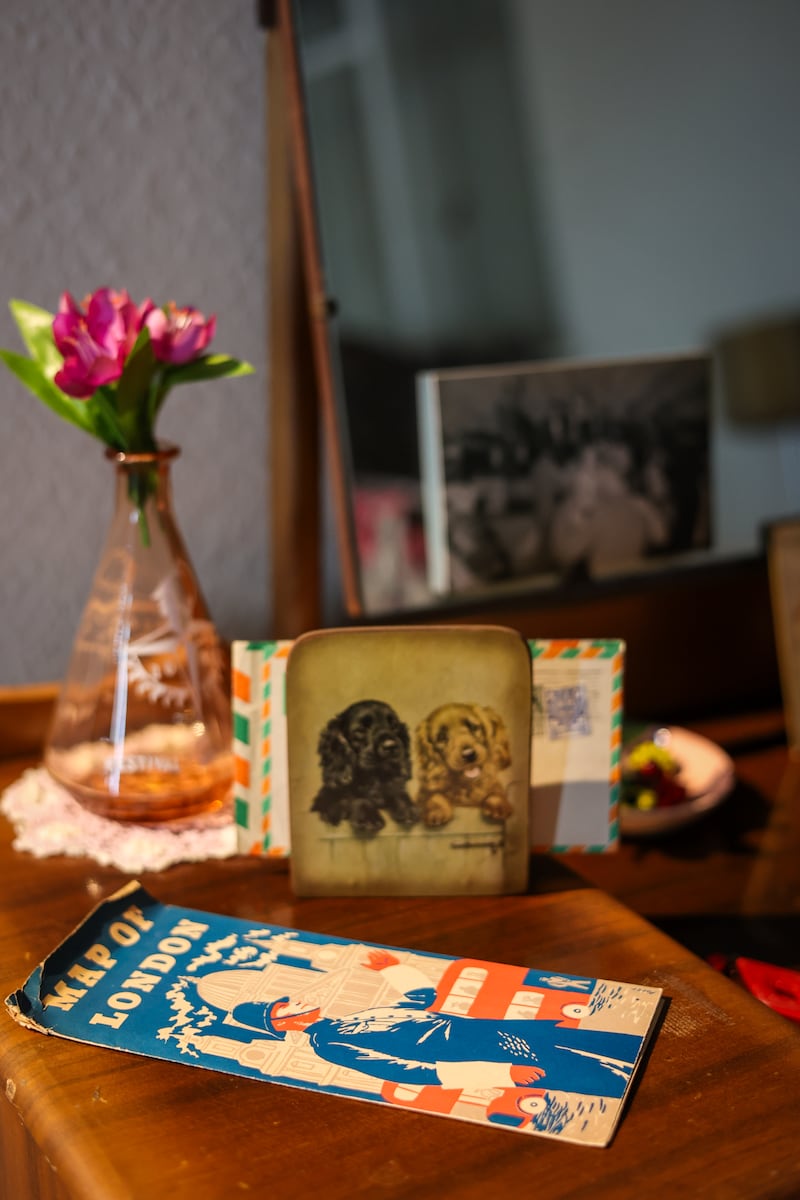
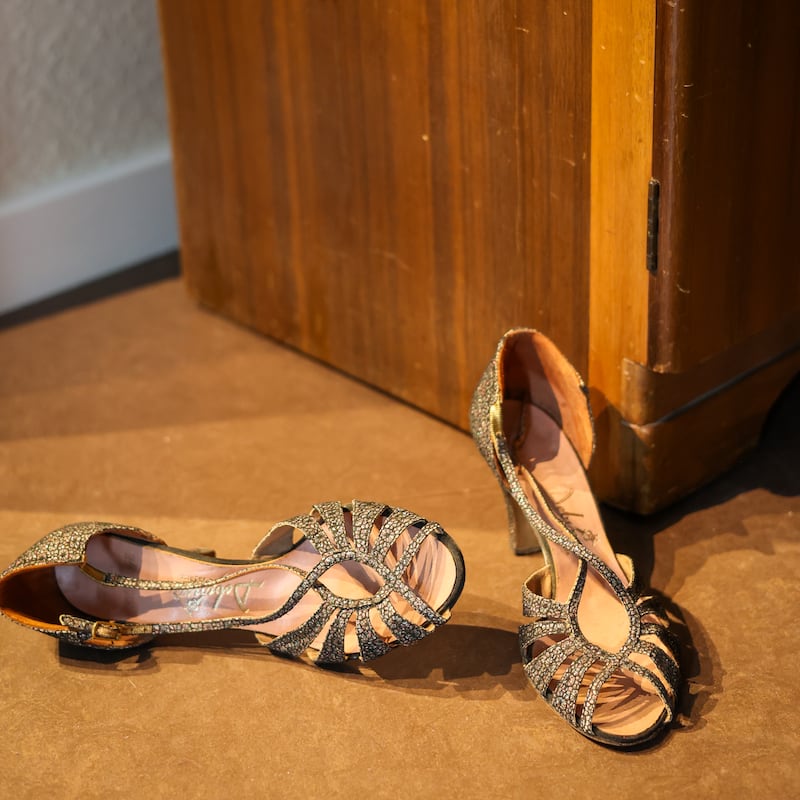
They have been able to rent an upstairs room in a house with a shared bathroom, which is better than when they first came and had to do with using the public baths. There are meters for electricity, veneer furniture, doilies everywhere, and a photograph of the pope. A pink plastic hairdryer sits in its box, while Jack’s hurley leans against the wardrobe. The walls are covered with magnolia painted woodchip, and the bathroom has a small cabinet of Yardley creams and talc.
Despite both supplying vital labour in desperately needed sectors, like immigrants then and now, Jack and Kathleen face discrimination. But each door barred with a “No Blacks, No Dogs, No Irish” sign only has the effect of creating even stronger communities among the newly arrived. Who can blame anyone for sticking together when the only ones with a welcome are those who have made the same journey?
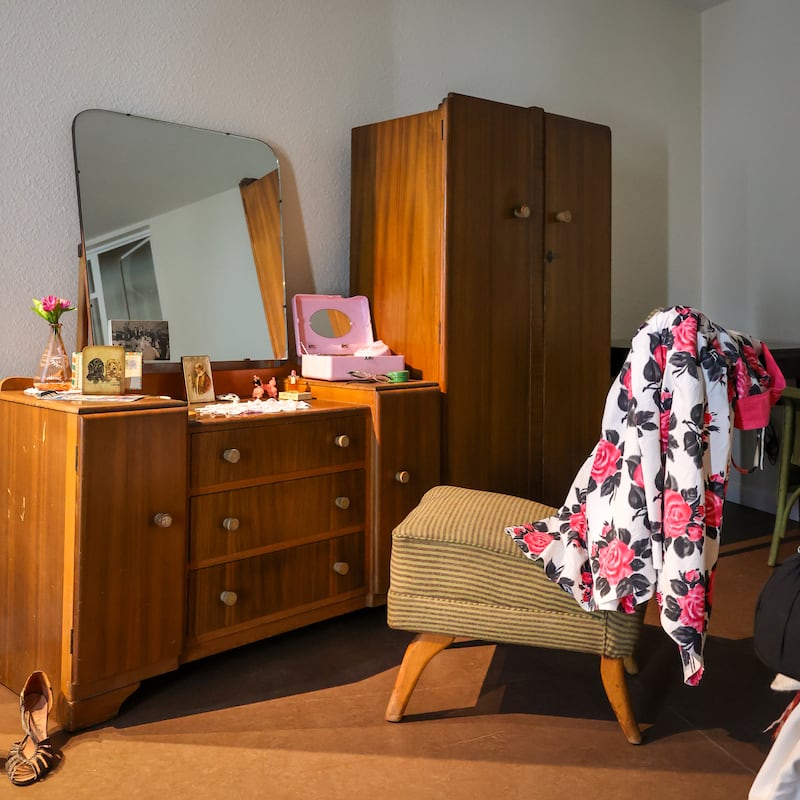
As the museum’s director of creative programmes and collections, Danielle Patten, says, “These are intimate spaces that tell big stories. As time goes on, hopefully, communities change, spread out, but at this point in Jack and Kathleen’s story, they are really leaning on the community of Irish migrants to build a sense of home that is wider than just this room.”
In this case, radio, newspapers, dance halls and the church provide that link. In the case of the Windrush room, the church plays its part, as does Empire Road, which premiered in 1978, the first British soap opera to have a predominately black cast and crew. And what about that Daniel O’Donnell teapot in the Vietnamese family room? The family are bonding around lunch and karaoke, with traditional recipes being passed down, but like the Jim Reeves record elsewhere, the ultimate point is that in a healthy society, cultures share.
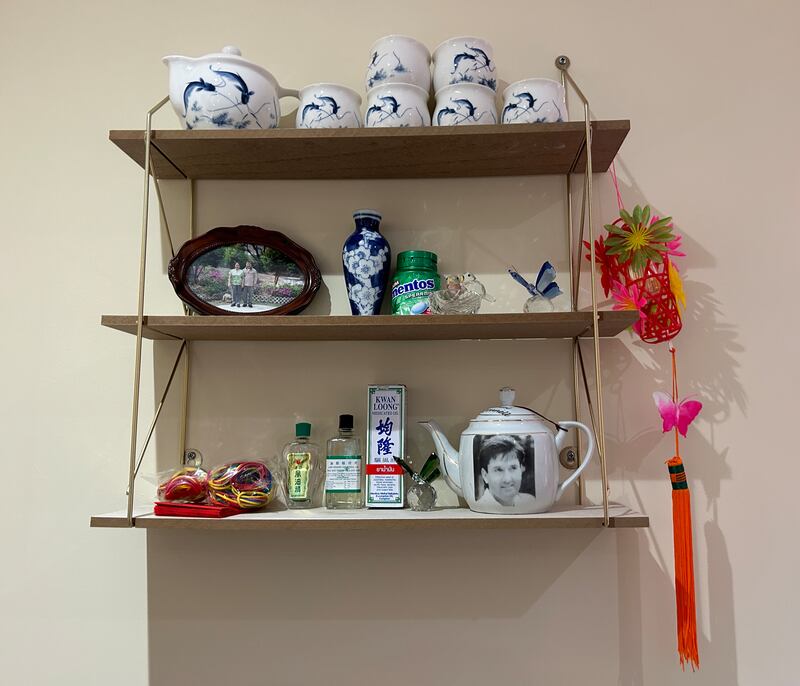
They inflect one another, offer up their cultural gems to create new discoveries, new fusions and new traditions, while still keeping space to carry on and celebrate the old. Simply put, migration brings more, not less.
Downstairs at the museum, a series of rooms explore aspects of home including homelessness, carers, the things we choose to cherish, housework, comfort and faith. Outside, among gorgeous gardens tracing the evolution of planting through time, from a Tudor knot garden, to ideas for future roof gardens, I find a sign telling the story of the home of the Museum of Home.
The building ranges across 14 former alms houses, built in 1714, and established from a bequest by Sir Robert Geffrye, who left his fortune to establish houses for the elderly poor in his name. So far, so benevolent. However, the panel reminds us, some of Geffrye’s fortune came from his involvement in the East India and Royal Africa Companies, “and his persistent investment in the forced labour and trading of enslaved Africans”. How quickly any idea of cultural superiority must fall apart under scrutiny.
After my visit, I go to the V&A, where collections of design treasures from across the globe are displayed. Some were obviously created for show, but others were once mundane. As I wander the galleries, I think of the things we personally value, the things that become symbols of belonging, and the things that are elevated to become emblems of pride and desire. Just along the road is Harrods, where people from all over the world are eyeing up, or snapping up more symbols of belonging, albeit this time to the tribe of international wealth.
I think about how, why and what we come to value, and about people’s origins, and the roots of wealth, but also of safety, security and home. We live in a time of flux and fear, but we also share the fruits of a globalised world. It is good to be reminded of the benefits of that kaleidoscope of connection, which goes up to make all the different places we call home.
Stay: The POB Capital Hotel and Townhouse is a 10-minute walk from the V&A, across the road from Harrods and the underground with connections to Hoxton. Expect beautiful rooms, excellent breakfast and apartments for longer stays. From £265, pobhotels.com.
- The Museum of the Home, 136 Kingsland Road London E2 8EA, is open Tuesdays to Sundays, admission free, museumofthehome.org.uk. Gemma Tipton was a guest of the Capital Hotel.
- Sign up for push alerts and have the best news, analysis and comment delivered directly to your phone
- Join The Irish Times on WhatsApp and stay up to date
- Listen to our Inside Politics podcast for the best political chat and analysis
















